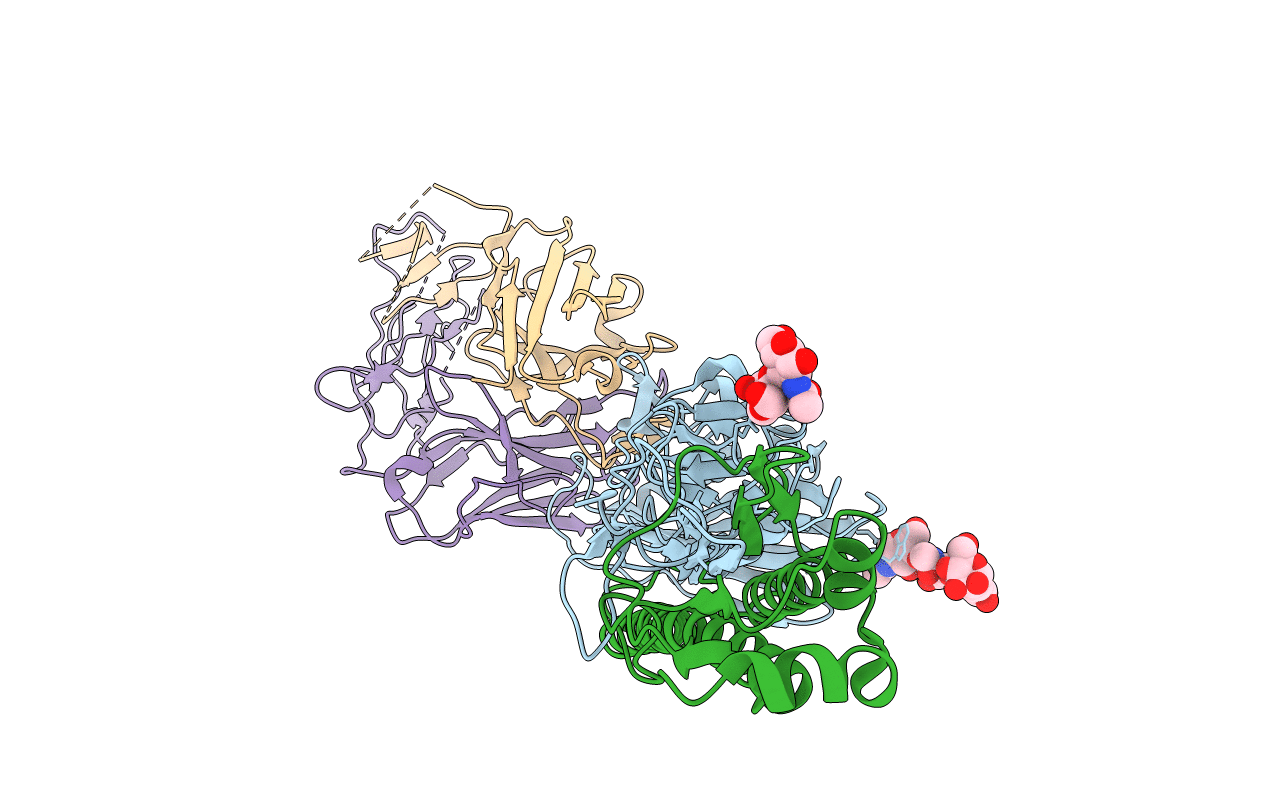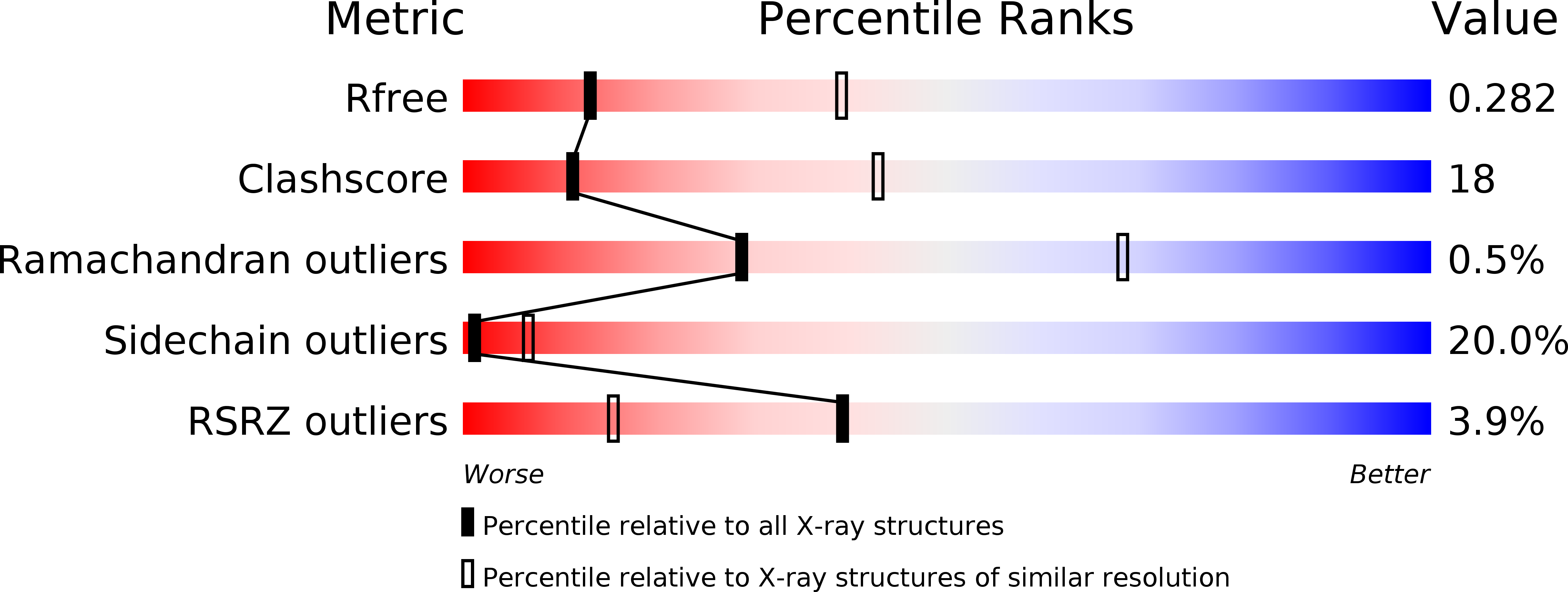
Deposition Date
2012-10-04
Release Date
2013-02-13
Last Version Date
2024-10-30
Entry Detail
PDB ID:
4HF5
Keywords:
Title:
Crystal structure of Fab 8F8 in complex a H2N2 influenza virus hemagglutinin
Biological Source:
Source Organism:
Influenza A virus (Taxon ID: 382813)
Homo sapiens (Taxon ID: 9606)
Homo sapiens (Taxon ID: 9606)
Host Organism:
Method Details:
Experimental Method:
Resolution:
3.00 Å
R-Value Free:
0.28
R-Value Work:
0.22
R-Value Observed:
0.23
Space Group:
P 3 2 1


